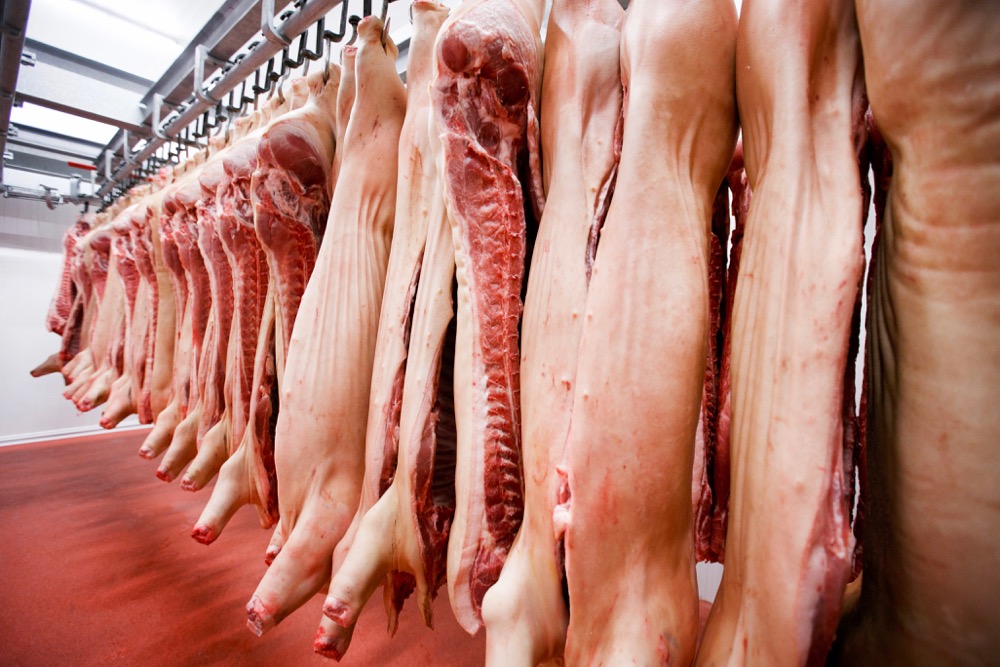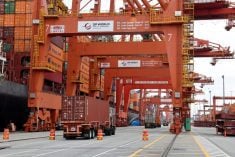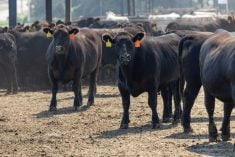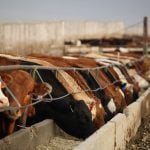Smithfield Foods raised its annual operating profit forecast on Tuesday as its hog business rebounded from losses and the biggest U.S. pork processor said it resumed U.S. exports to China that had been crippled by tariffs.
The Virginia-based meatpacker’s sales and adjusted earnings in the three months to June 29 rose year on year, but shares fell about one per cent after a drop in quarterly operating profits at its packaged meats and fresh pork divisions.
Read Also

U.S. grains: Soybeans rise on China demand hopes; corn and wheat rebound
Chicago Board of Trade soybean, corn and wheat futures rose on Monday on signs of progress towards the end of a record-long U.S. government shutdown, along with expectations of a revival of U.S. soybean exports to China, analysts said.
Cautious consumers
Similar to peers in the broader retail industry, Smithfield said consumer demand was cautious due to inflation. U.S. consumer prices increased moderately in July, and economists warned that higher prices from President Donald Trump’s sweeping tariffs were still coming.
“Consumer budgets remain tight,” Smithfield CEO Shane Smith told analysts on a call.
Smithfield has reduced risks in its hog business by raising fewer pigs itself and buying more from other producers. It said it expects to produce about 11.5 million hogs this year, down from 14.6 million in 2024.
Livestock feed, often the biggest expense in raising hogs, has also become less expensive owing to low grain prices.
The hog business swung to a quarterly operating profit of $22 million (C$30.3 million) from a $2 million loss a year earlier.
Smithfield projected total 2025 adjusted operating profit at $1.15 billion to $1.35 billion (C$1.58 billion to $1.86 billion), compared with a previous forecast of between $1.10 billion and $1.30 billion. The company, which went public in January, is an indirect, majority-owned subsidiary of Hong Kong-based WH Group.
Last week, Tyson Foods, which sells pork, beef and chicken, raised its annual revenue forecast.
Trump’s trade policies
Trump’s trade policies have forced meatpacking executives to navigate tariff disputes. In April, Smithfield said China, the world’s biggest pork consumer, was not a viable market due to retaliatory duties.
China’s effective duty rate on U.S. pork climbed to 172 per cent earlier this year before declining to 57 per cent in May, according to the U.S. Meat Export Federation, an industry group.
“We navigated the China tariff disruption, minimizing the impact by selling into alternative countries and channels, and subsequently resuming shipments to China,” Smith said.
Smithfield said its 2025 outlook for fresh pork business addressed risks that tariffs could become prohibitive again. Quarterly operating profits for the fresh pork unit plunged by 39 per cent to $35 million as sales rose five per cent to $2.1 billion.
Exports accounted for 13 per cent of Smithfield’s total sales last year, three per cent of which were to China, according to the company.
















